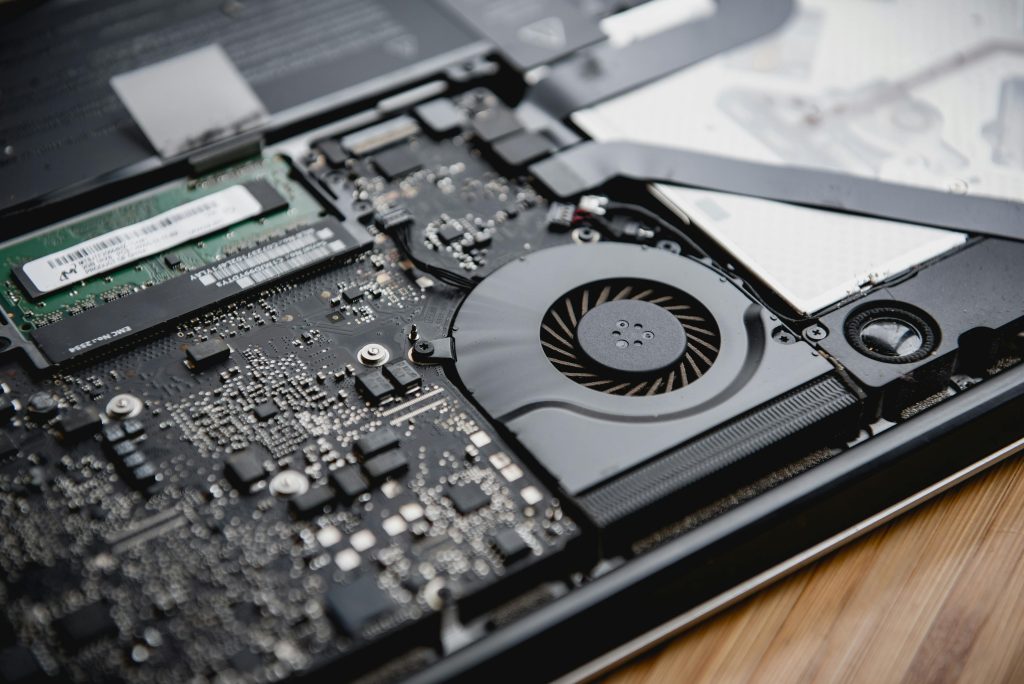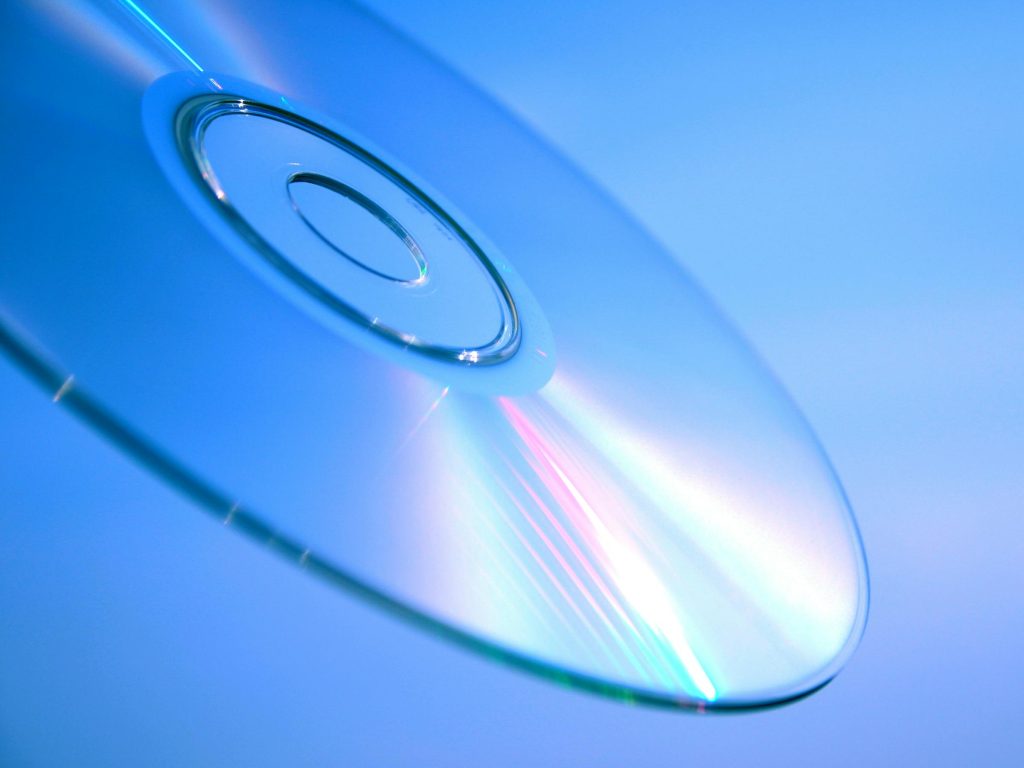Maximizing Data Recovery After Accidental SD Card Formatting: Expert Insights and Strategies
Introduction
Losing treasured moments captured on your drone’s SD card can be a heartbreaking experience, especially when the footage includes significant events like proposals and unforgettable trips. If you’ve accidentally formatted your SD card and are now seeking ways to recover your valuable videos and photos, you’re not alone. Many enthusiasts face similar situations and have successfully retrieved lost data by following proven recovery practices. This article offers a comprehensive guide on effective recovery strategies, potential pitfalls, and reputable professional services to consider.
Understanding the Situation
Accidental formatting can overwrite existing data on the SD card, but the data may still be salvageable if the card has not been written to after formatting. Key considerations include:
– The type of formatting performed (quick format vs. full format)
– Actions taken immediately after the mistake
– The tools and recovery methods employed
Initial Actions and Precautions
-
Cease Using the SD Card Immediately
To prevent overwriting, avoid adding new files or further manipulating the SD card. Continued use reduces the chances of successful recovery. -
Create a Forensic Image of the Card
Instead of working directly on the original SD card, generate a bit-by-bit clone or image. This approach preserves the original data and allows you to perform recovery operations safely.
Recommended tools:
– Etcher, DD, or specialized imaging software (e.g., Win32 Disk Imager) for creating raw images (.img, .dd)
– Confirm the integrity of the image before proceeding.
- Use Reliable Data Recovery Software
After obtaining a mirror image, employ recovery tools that recognize various file signatures, especially for media files: - PhotoRec (part of TestDisk): Known for its ability to recover a wide range of file types based on signatures.
- TestDisk: Useful for partition recovery if the partition table was affected.
-
Recuva, R-Studio, or Wondershare Recoverit: Paid solutions with user-friendly interfaces.
-
Deep Scan and File Signature Recognition
Ensure that both standard and deep scans are performed on the image. Deep scans analyze raw data for file headers, improving chances of recovery, especially when filenames and directory structures are lost. -
Consider Using Professional Data Recovery Services
If DIY approaches do not yield results, professional recovery labs can offer advanced techniques: - They
Share this content:



